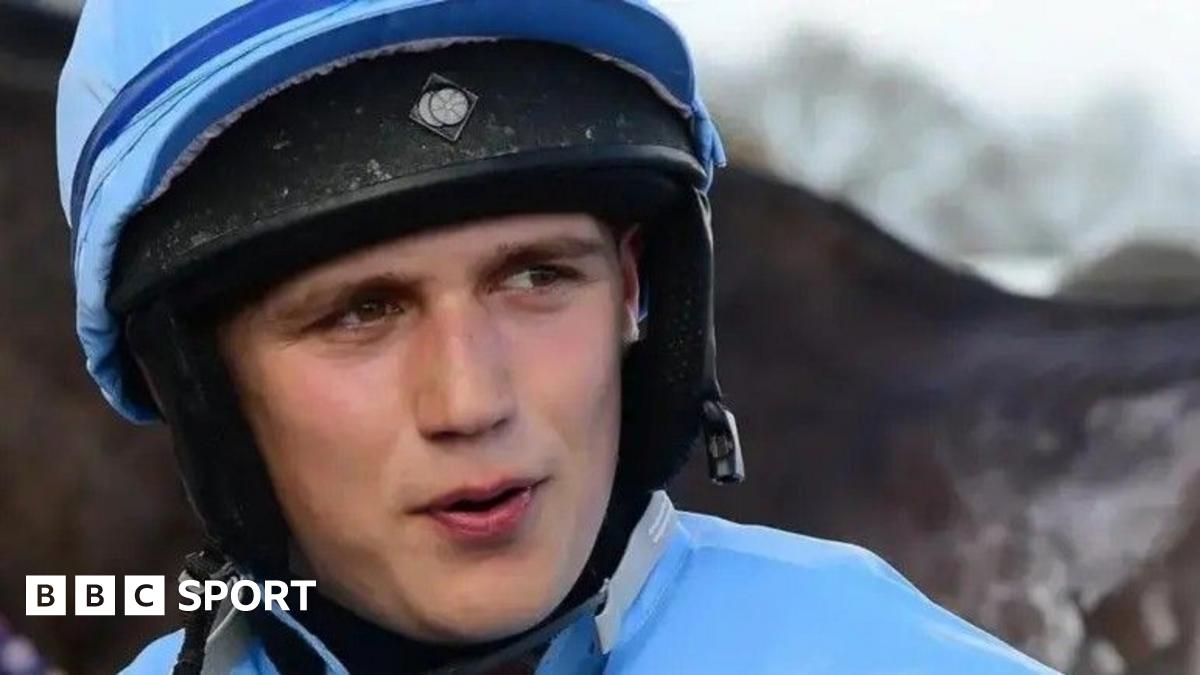Dylan Kitts: Jockey given nine-year ban in Hillsin racing corruption case
Jockey Dylan Kitts has been given a nine-year ban in a racing corruption case.
The rider and associate John Higgins conspired together to commit a corrupt practice by agreeing to stop a horse achieving its best possible position, it was found.
Kitts, 24, admitted to a disciplinary hearing he prevented his mount Hillsin from running on his merits when finishing third in a handicap hurdle at Worcester in July 2023.
Higgins, who has been banned from racing for 12 years, was deemed to be the mastemind behind the plan to stop Hillsin winning.
He is the father-in-law of Premier League footballer Ashley Barnes and is an associate of the horse’s owner Alan Clegg, who was not charged by the British Horseracing Authority (BHA).
Trainer Chris Honour was judged not to be part of the conspiracy but was found to have misled stewards and was fined £750.
